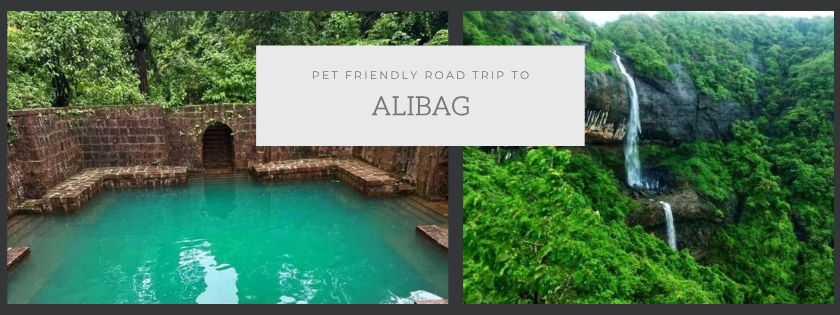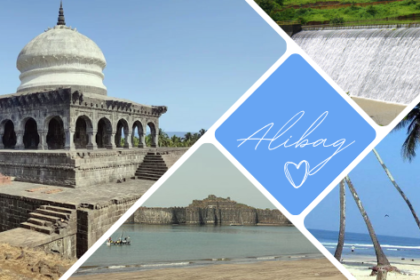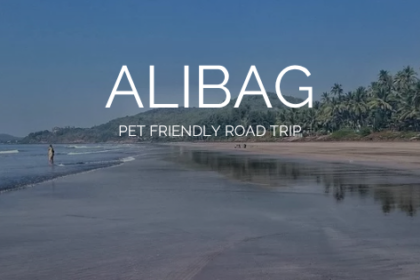To read the previous blog on day 1 of Alibag click here
Day 2: Waterfalls, Temples, and Beaches
Day two began early with a trek to Siddheshwar Waterfall. The lush monsoon greenery and gushing falls made the climb an exhilarating experience, and Sophie was thrilled to be out exploring nature with us.
The Khandale Village bus stop in Alibag is easy to spot due to a prominent signboard. From this signboard, take a left turn to begin your trek. The route starts with a motorable road that passes through Khandale Village, stretching approximately 3-4 kilometers to the village’s end. Beyond this point, the motorable path transitions into a bullock cart track or dirt road. This trail leads through fields, open clearings, and forested areas, making for a scenic walk.
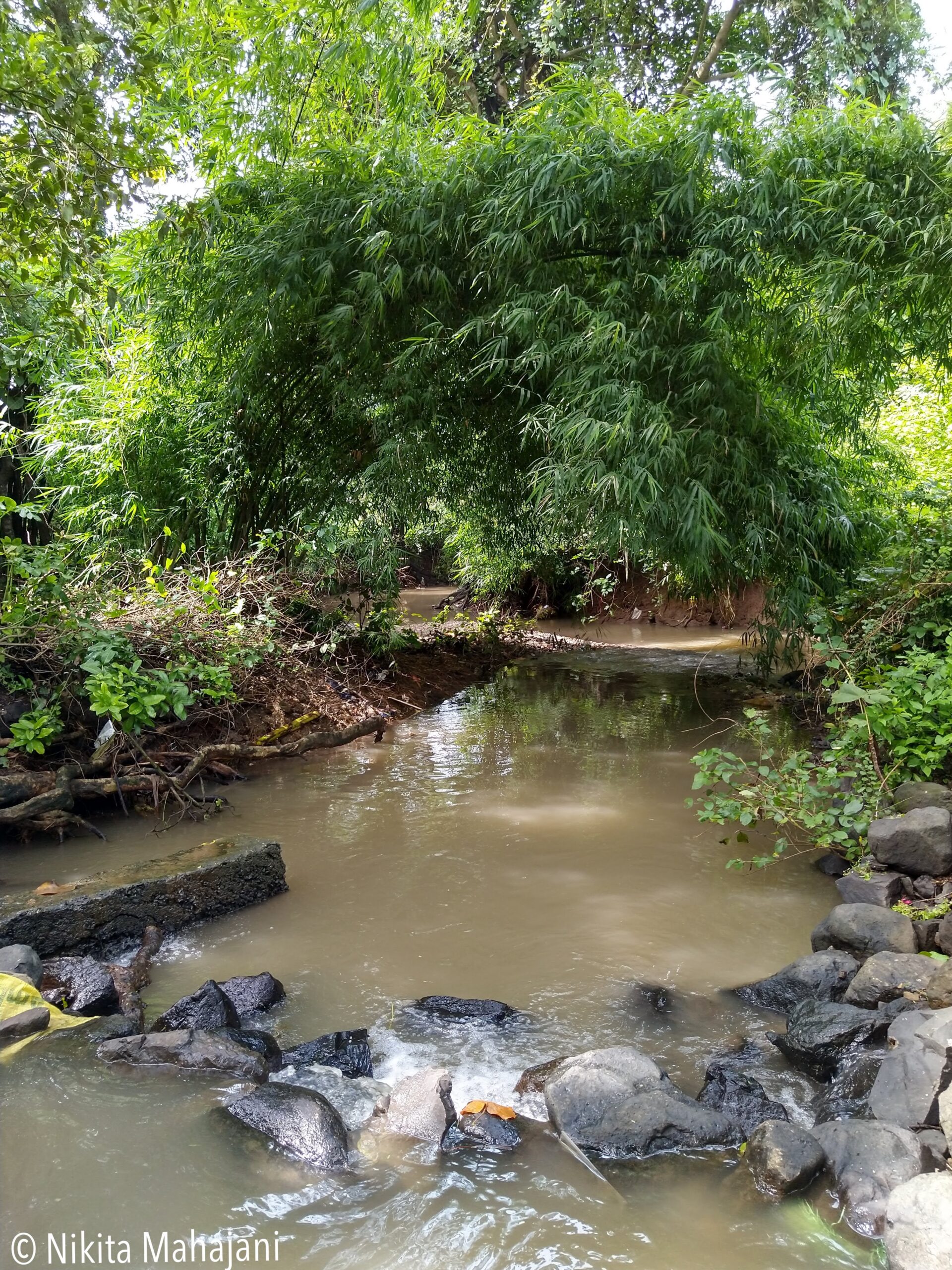
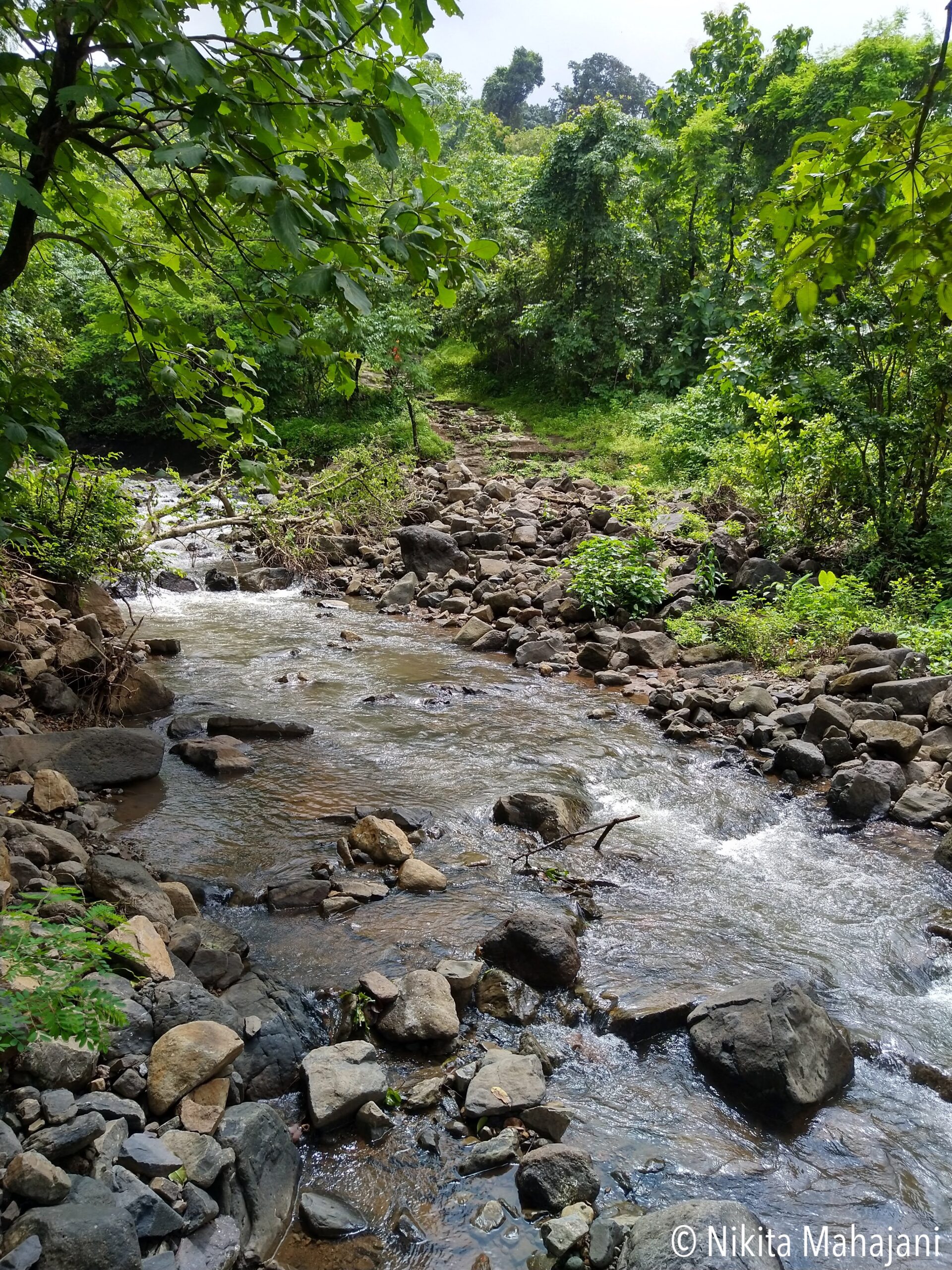
After about 20 minutes of walking, you will reach a set of stone stairs. Since we visited during the monsoon season, a stream was flowing across the path, requiring us to cross it. The actual climb of the trek begins from here.
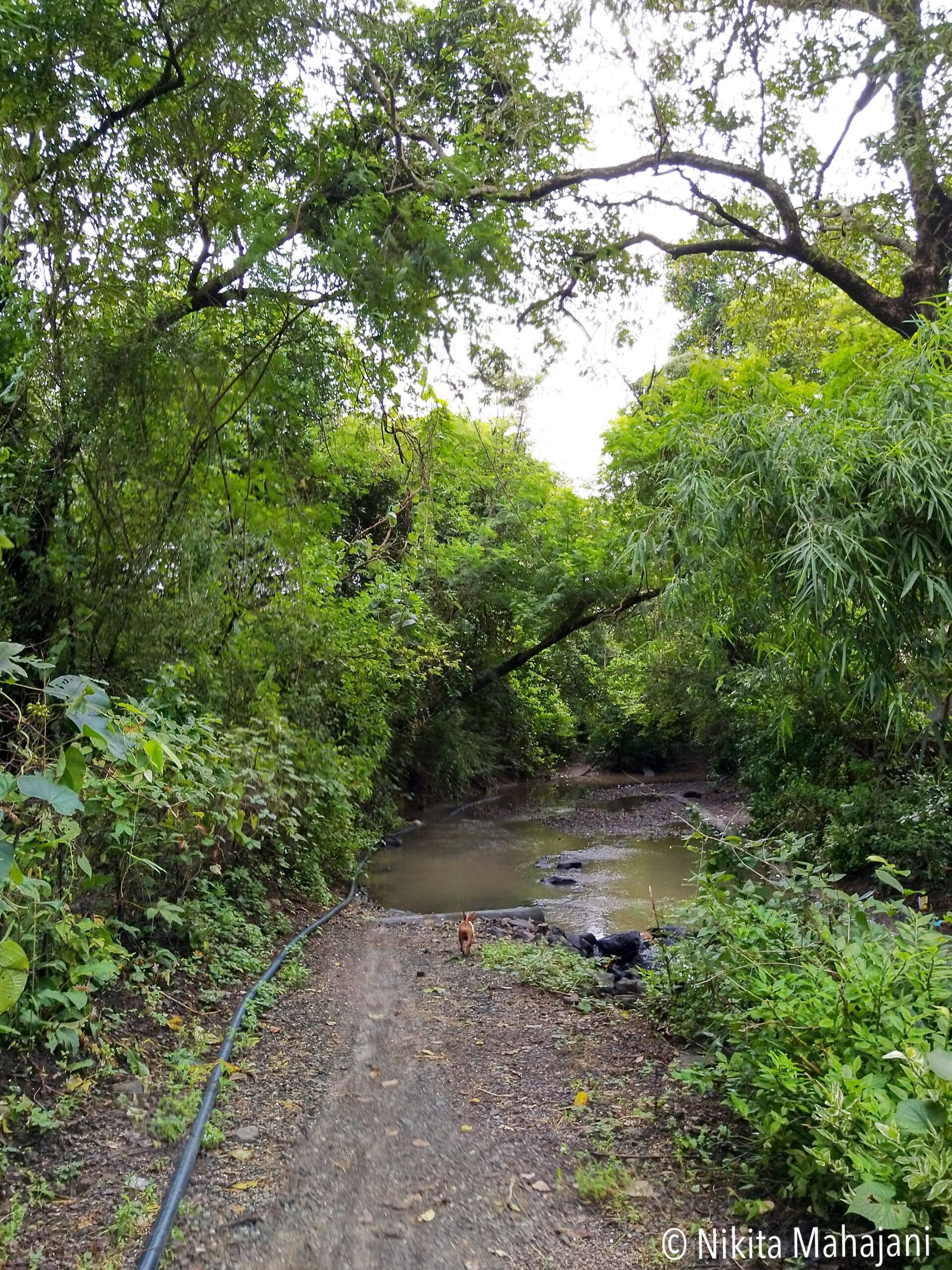
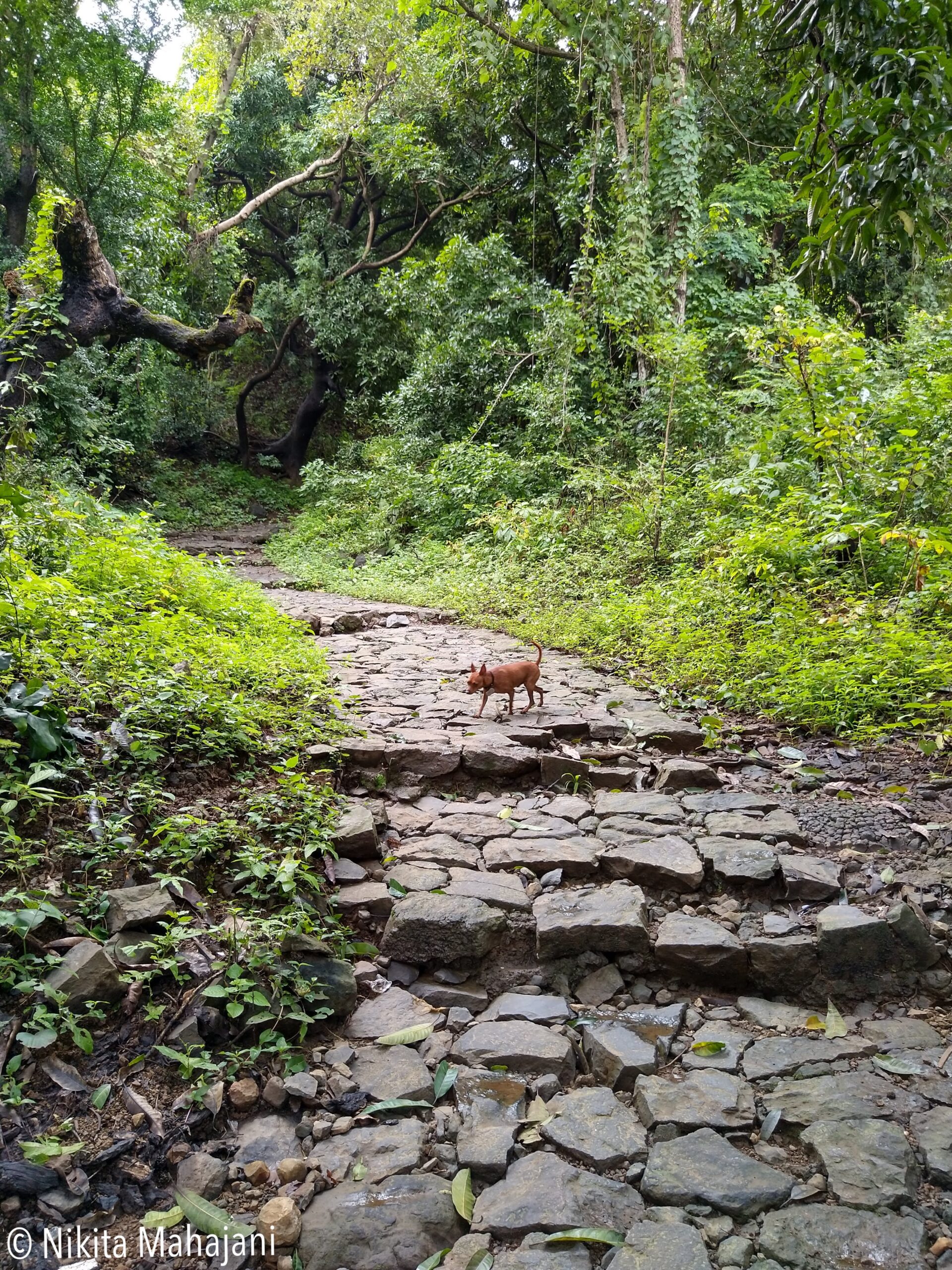
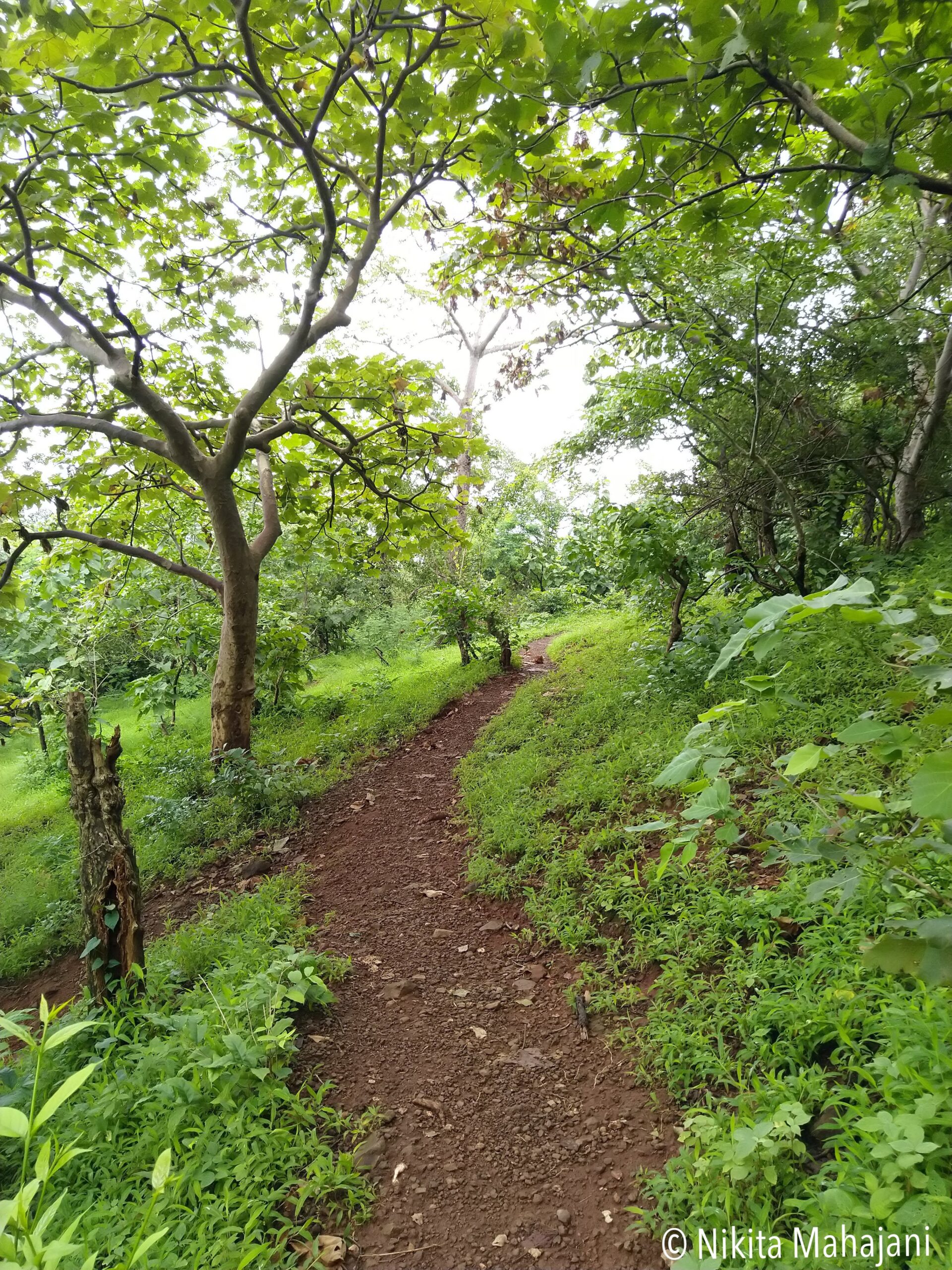
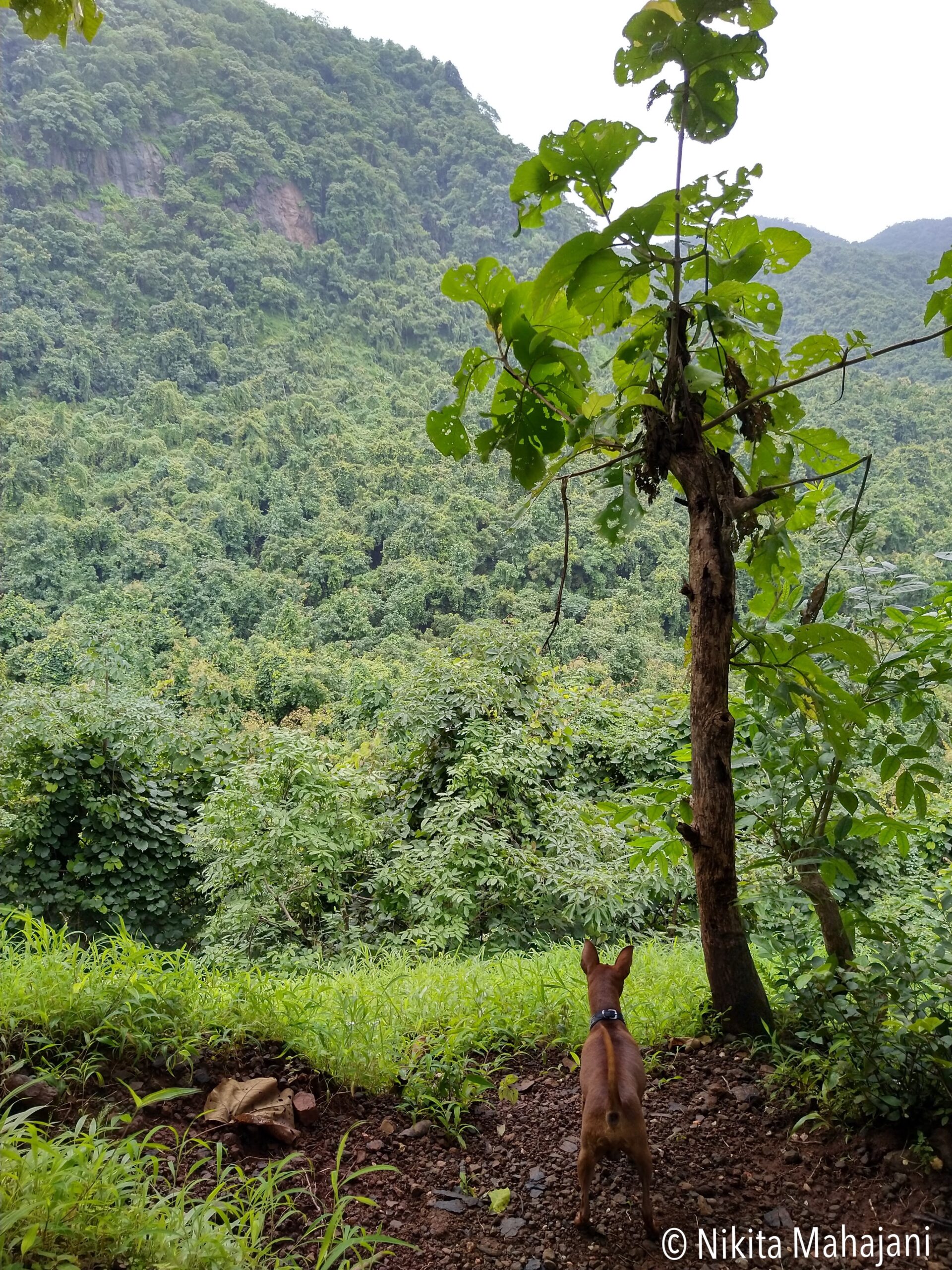
A spectacular waterfall, plunging over 100 feet, awaits ahead. During the monsoon, the waterfall is visible from this very point. To reach its base, one must descend for approximately 20 minutes. The water source for this waterfall originates from behind the Siddheshwar Temple, acting as its natural feeder.
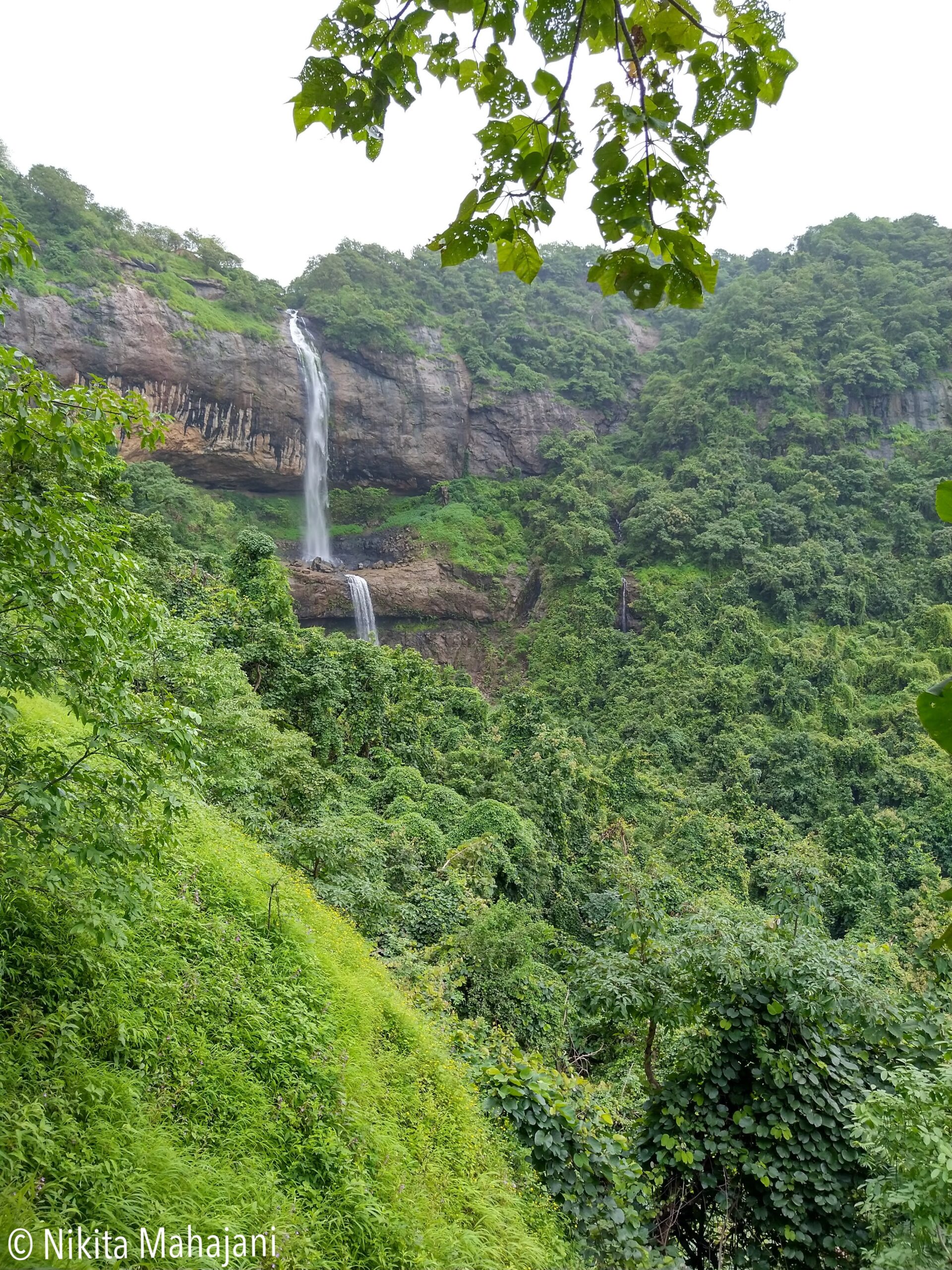
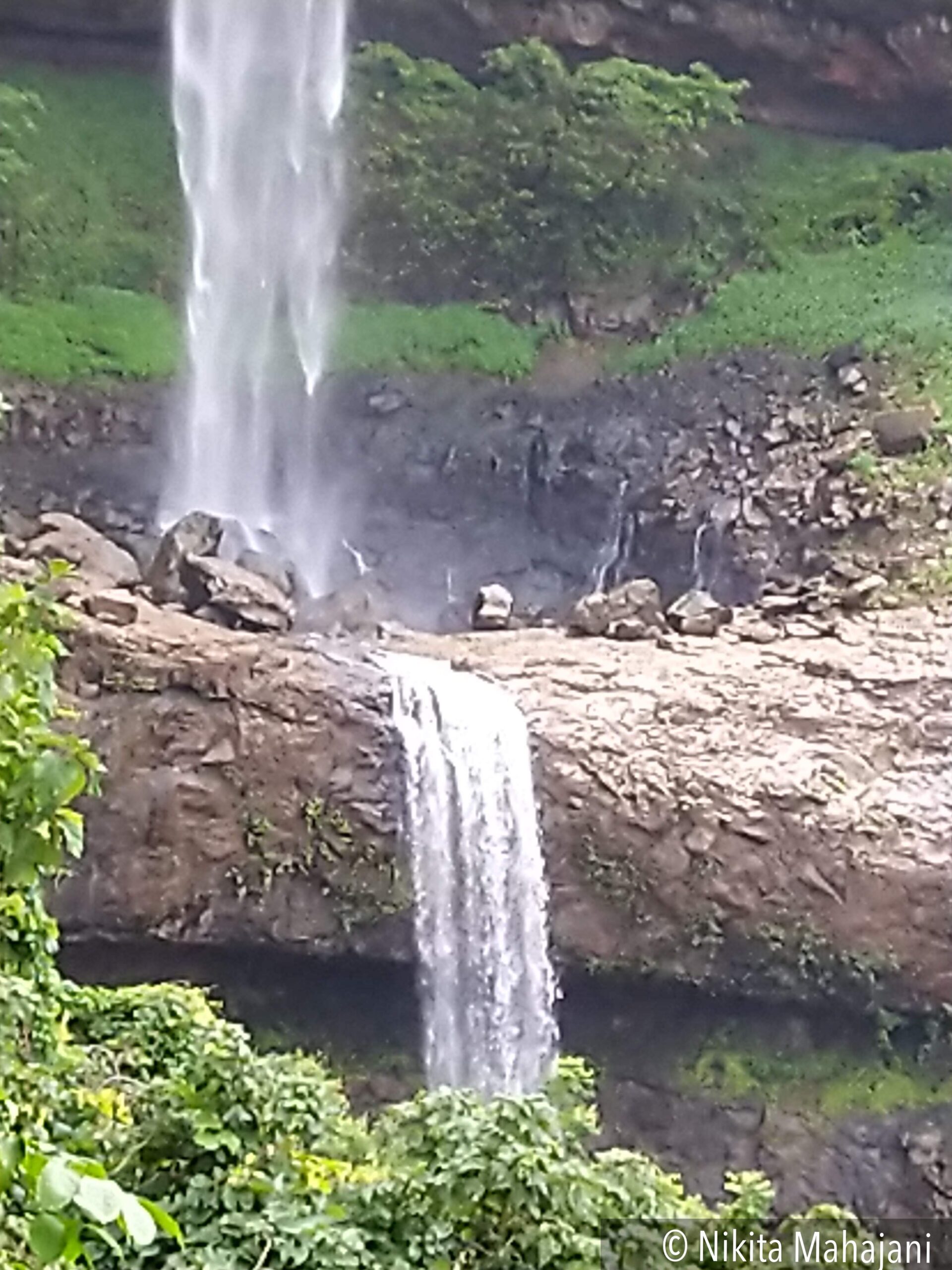
After the trek, we stopped at Hotel Trimurti for brunch to recharge. Hotel Trimurti is also one of my go-to-places in Alibag since its completely pet friendly. They have an enclosed dining area as well as outdoor dining under gazebos in the front yard.
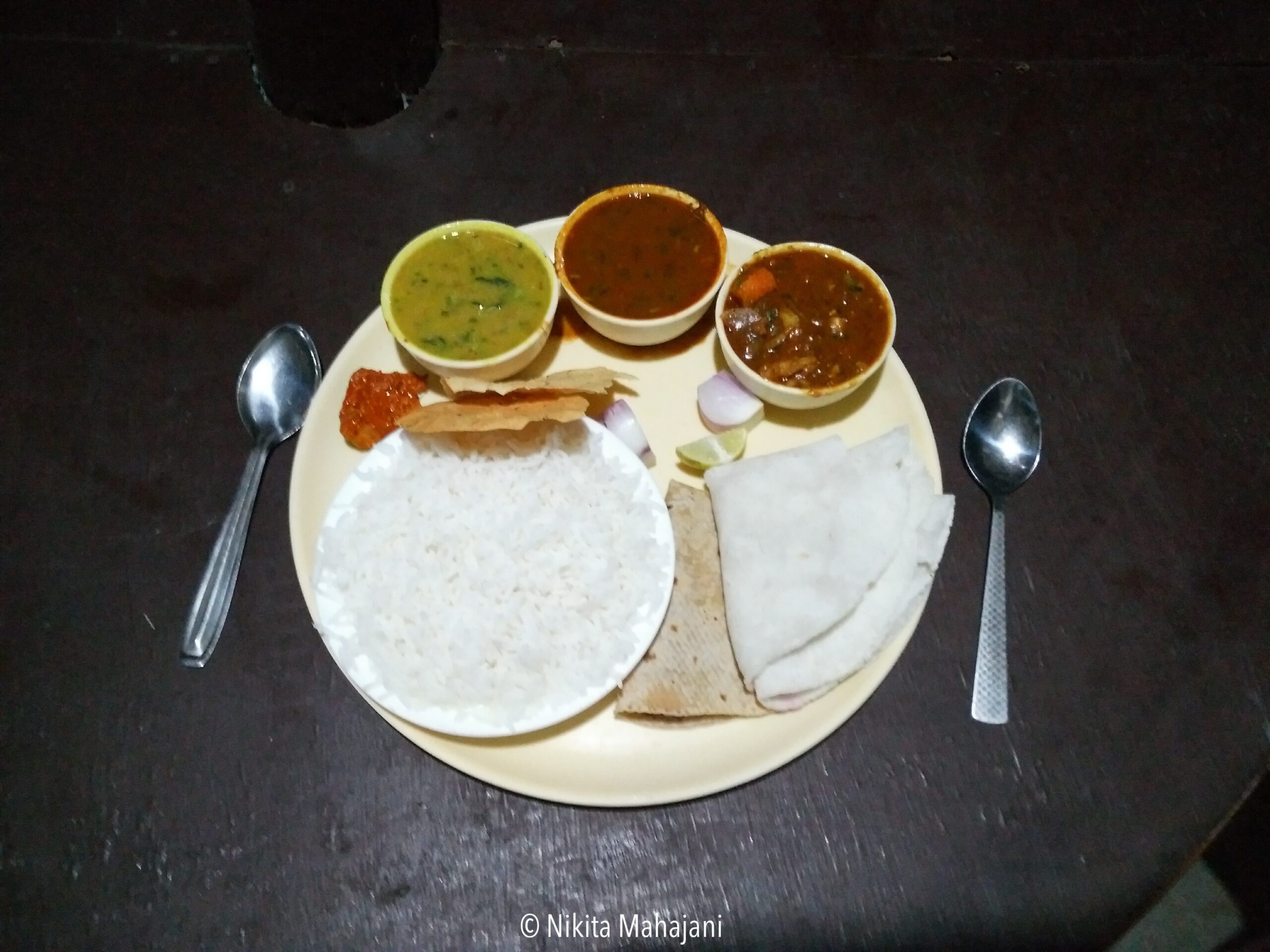
We then made our way to Kankeshwar Temple, perched atop a hill, where we soaked in the peaceful atmosphere and scenic views. Since it was monsoon, we didn’t have to face the harsh sunlight in the afternoon. It was quite gloomy throughout the day.
The temple can be reached by ascending 750 steps. The entire path is shaded by trees, creating a soothing atmosphere. The trail is divided into three sections, allowing trekkers to gauge their progress along the way. The first section involves a steep uphill climb of about half a kilometer. Upon reaching Gaymundi, the path levels out, leading through a flat plain. A water reservoir along the route provides a refreshing stop during the ascent. From this point, the trail becomes relatively simple. After about 15 minutes of climbing, you will arrive at a plateau where the temple stands, surrounded by a dense forest, offering a breathtaking view.
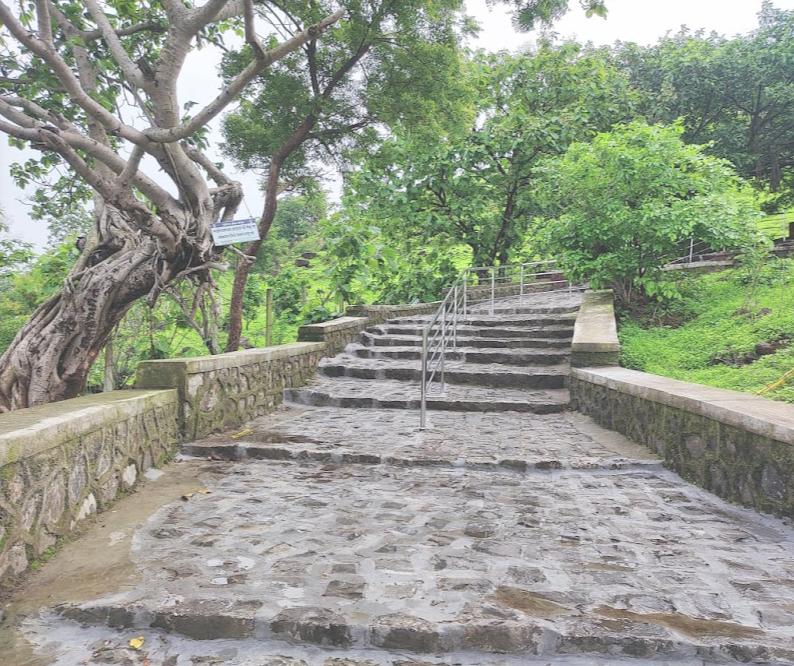
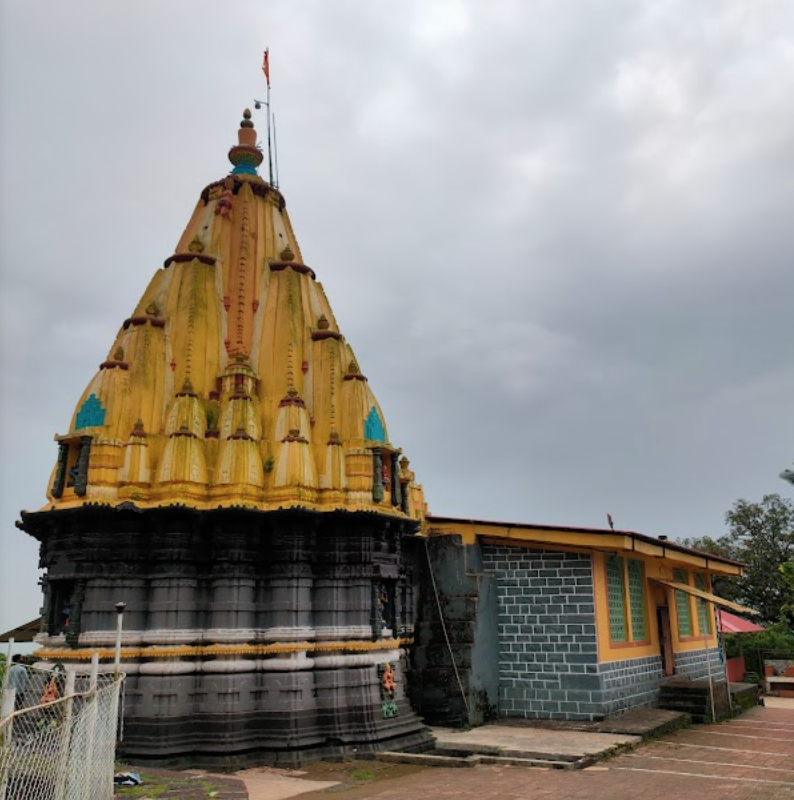
Brahmakund– An elegant arch-shaped structure marks the entrance to the serene world of Kankeshwar temple. As you step through it, you will find a small shrine dedicated to Lord Hanuman. Next to the temple lies ‘Pushkarni,’ a well with steps on all four sides, allowing easy access to the water. During the monsoon season, the well fills up completely, offering visitors a chance to enjoy a refreshing dip in its pure waters.
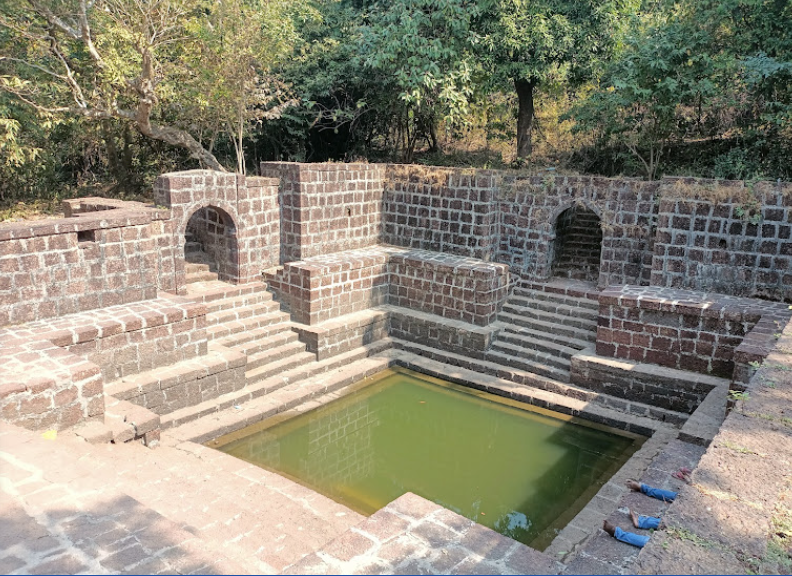
The Temple –
Continuing along the path, you will come across an artificial lake surrounded by stunning architectural elements. Adjacent to the lake stands the Kankeshwar temple, dedicated to Lord Shiva. The temple’s main sanctum was originally constructed during the Rashtrakutan dynasty, while subsequent additions were made under the Chalukya and Silhara dynasties. The Kalash (pointed dome) of the temple, dating back 100 to 200 years, exemplifies intricate and refined craftsmanship. The temple’s well-planned design fosters a peaceful and tranquil ambiance.
The mandap (prayer hall) was built under the expert guidance of Shri Gurupad Swami, a disciple of Shri Shridhar Swami. The sanctum houses a Shivalinga, adorned with a silver coating, while a grand idol of Nandi stands guard at the entrance, with an idol of Lord Ganesha positioned to its right. The Guravs (priests) perform rituals and offer prayers to the deities three times a day, accompanied by the continuous lighting of lamps (deep-prajwalan). Additionally, the temple complex includes shrines dedicated to Ramsiddhivinayak, established by Lambodar Swami, as well as Shri Krishna and Balaram.
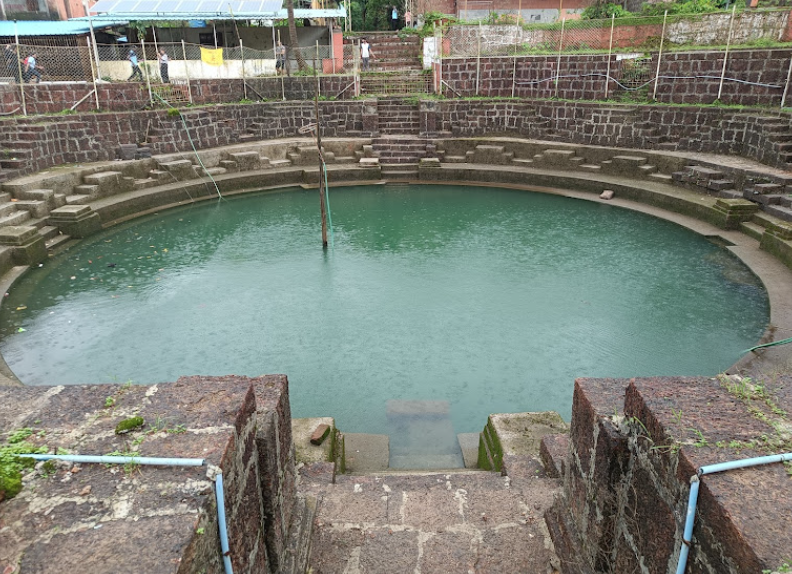
By this time we were quite exhaused. After a relaxing afternoon nap back at our Alibag home, we started the journey to Nagaon to spend the evening at Nagaon Beach. One has to pay taxes and parking charges while entering the village limits of Nagaon. Since this place is home to a temple having 9 sculptures of snakes (nau naaganche deul), it is called as Nagaon.
Washrooms and bathing facility is available on paid basis in the parking area. They also provide hot water buckets. There are lots of shacks on the way to the beach. Nagaon beach is quite crowded. Hence it is better to avoid visiting Nagaon beach on weekends. The whole nagaon village does not have network for internet expect for airtel users.
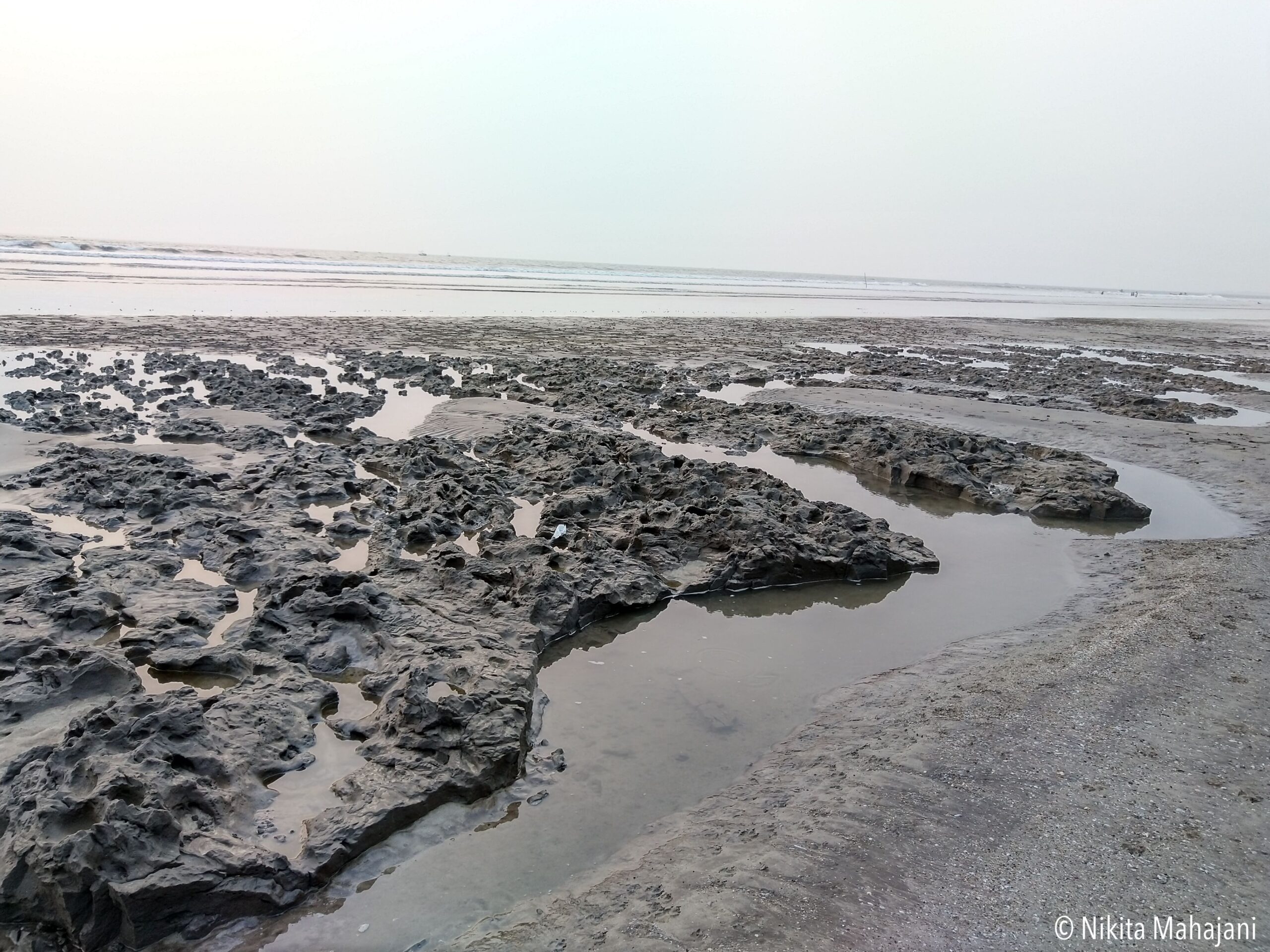
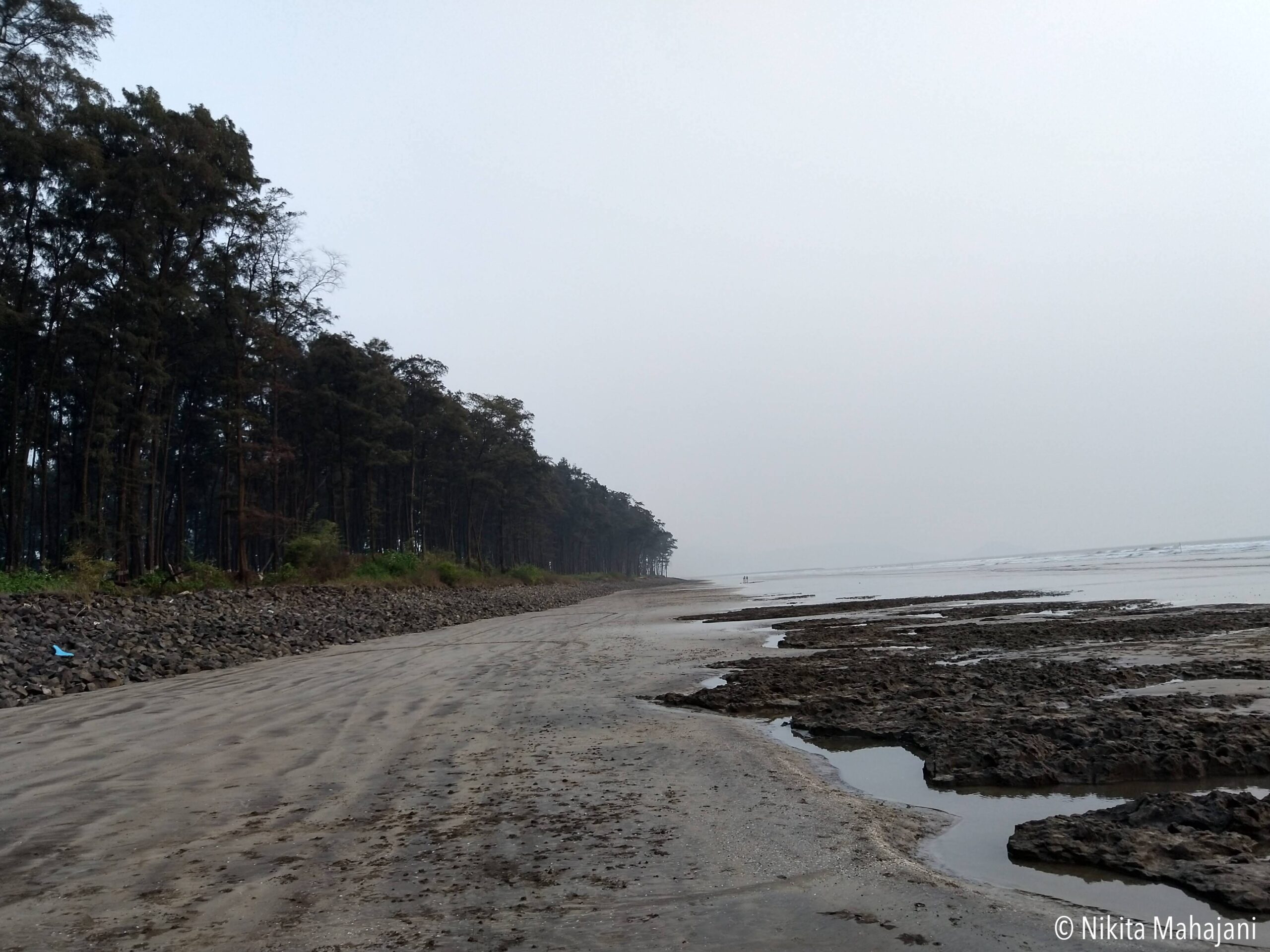
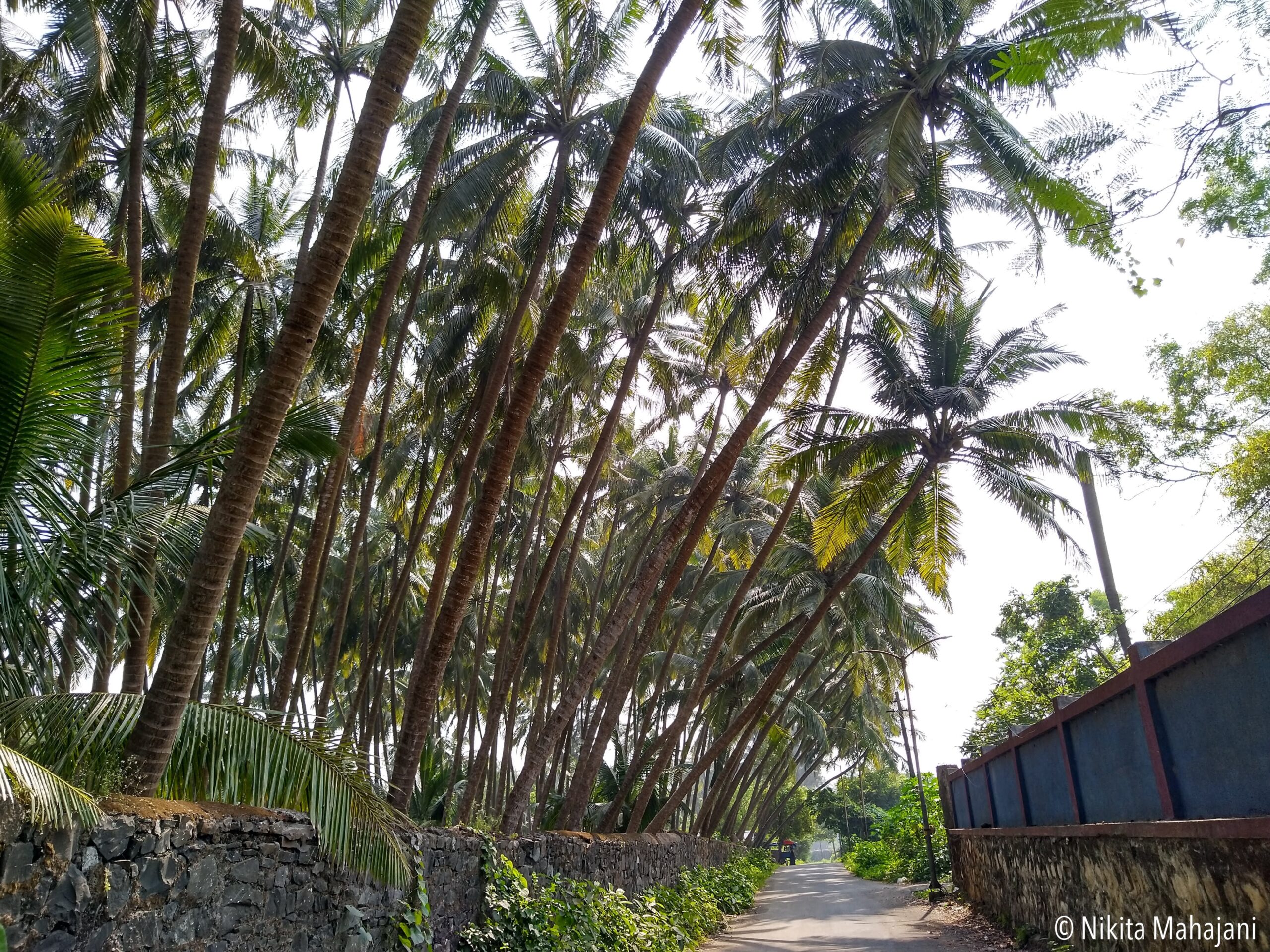
Nagaon Beach stands out from most other beaches in Alibaug as it is primarily a sandy beach. It stretches over a vast, flat area with a smooth blend of white and black sand. The beach is considered safe for swimming, allowing visitors to wade far into the sea without any sudden depth changes.
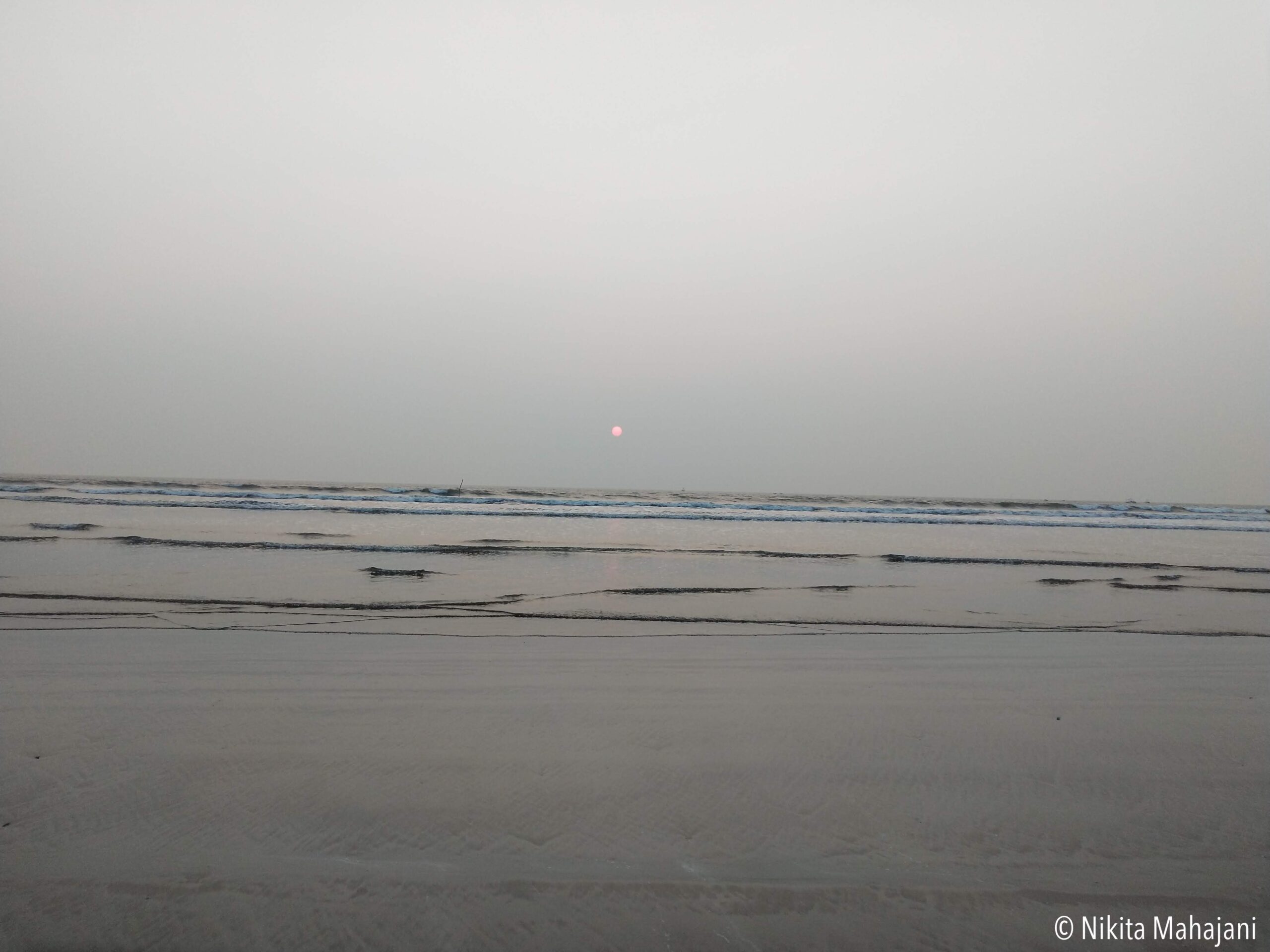
The day concluded with a sumptuous dinner at First Old Original Mahesh Lunch Home, where we enjoyed fresh coastal flavors just steps from the shore. They serve unlimited veg thali which consist of ukdicha modak (sweet dumplings), solkadhi, koshimbir, one dry vegetable, one gravy preparation , dal rice , roti and papad. Pets are allowed at First Old Original Mahesh Lunch Home. They have clean washrooms and parking as well.
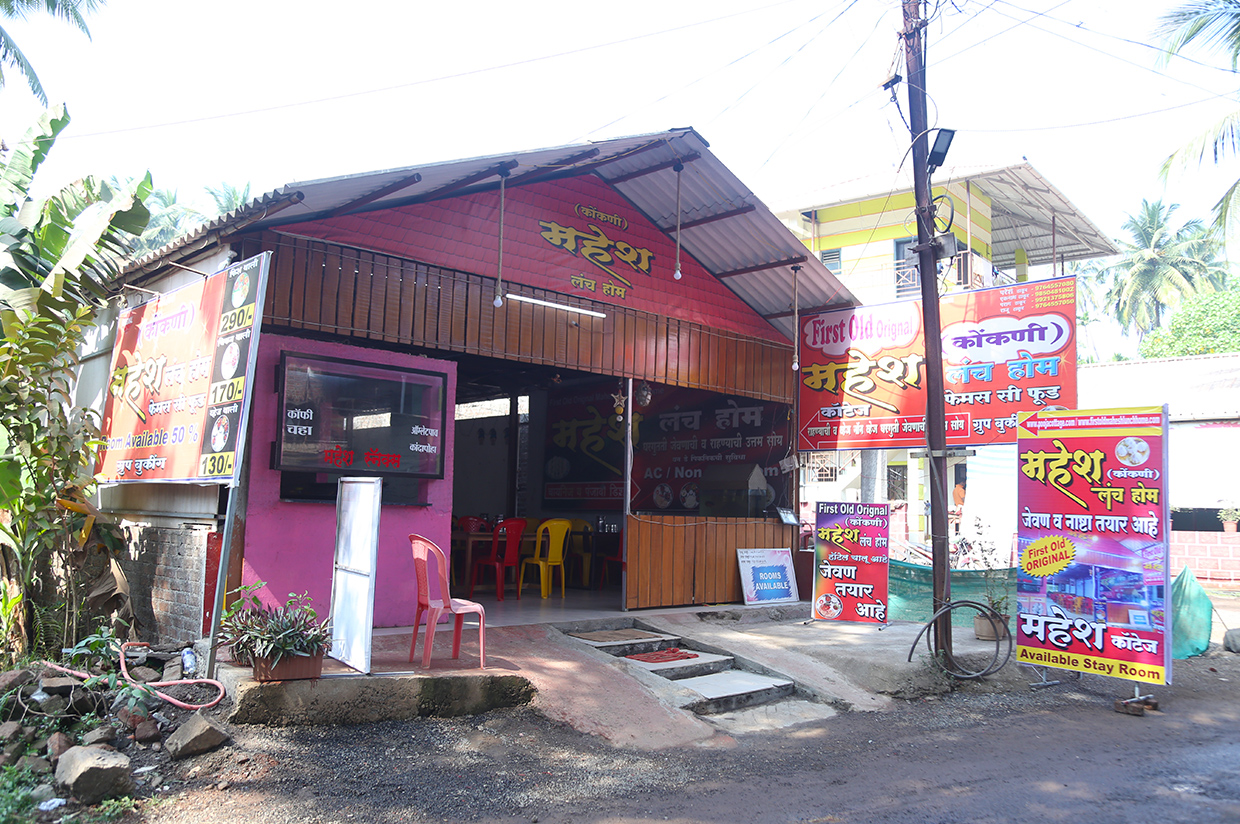
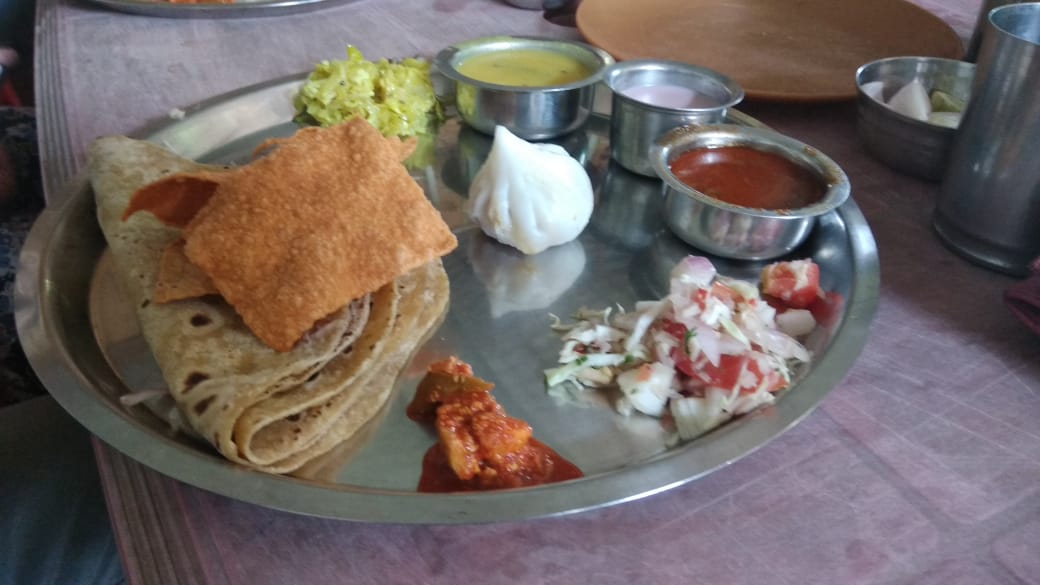
We returned home (in Alibag) after heaving a heavy dinner at Mahesh lunch home.
To read the blog on day 3 of Alibag click here
Where did we eat ?
Hotel Gayatri Garva
Suruchi Pure Veg Restaurant
First Old Original Mahesh Lunch Home
Hotel 4 1/2 Anandvan
Food Carnival
Which are the places unsuitable for pets ?
Murud Janjira Fort : The fort needs to be accessed by Ferry boats. Pets are strictly not allowed in the boats as well as on the fort.
